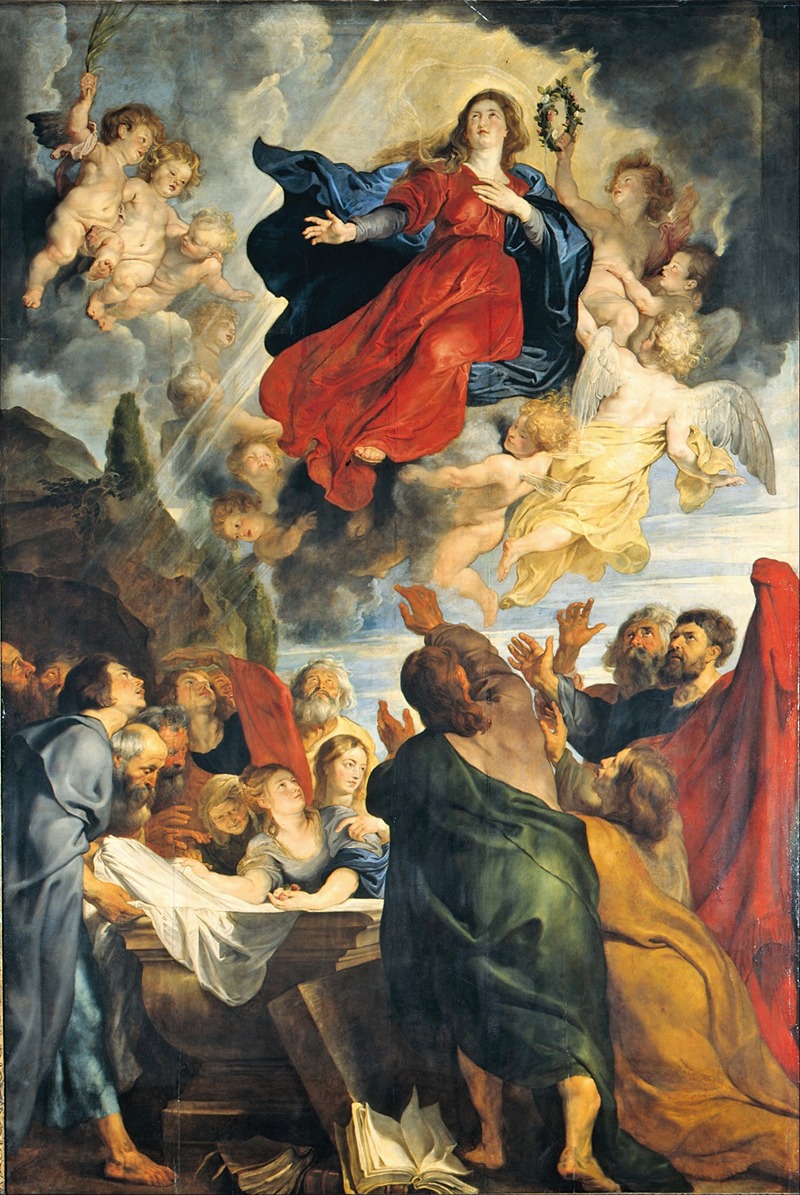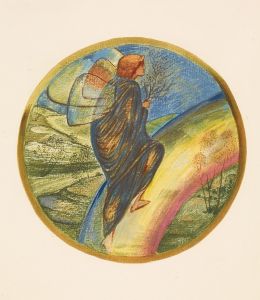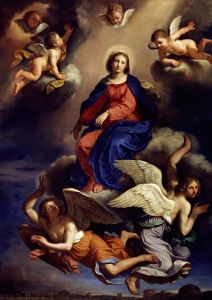
Assumption of Mary
A hand-painted replica of Peter Paul Rubens’s masterpiece Assumption of Mary, meticulously crafted by professional artists to capture the true essence of the original. Each piece is created with museum-quality canvas and rare mineral pigments, carefully painted by experienced artists with delicate brushstrokes and rich, layered colors to perfectly recreate the texture of the original artwork. Unlike machine-printed reproductions, this hand-painted version brings the painting to life, infused with the artist’s emotions and skill in every stroke. Whether for personal collection or home decoration, it instantly elevates the artistic atmosphere of any space.
The "Assumption of Mary" is a renowned painting by the Flemish Baroque artist Peter Paul Rubens. Completed in 1626, this masterpiece is a significant example of Rubens' dynamic composition and vibrant use of color, which are hallmarks of his artistic style. The painting was commissioned for the high altar of the Cathedral of Our Lady in Antwerp, Belgium, where it remains to this day.
The "Assumption of Mary" depicts the Virgin Mary being assumed into heaven, a subject that has been a central theme in Christian art for centuries. In this painting, Rubens captures the moment with dramatic intensity and a sense of divine movement. The Virgin Mary is shown rising towards the heavens, surrounded by a host of angels who assist in her ascension. Her figure is bathed in a radiant light, emphasizing her purity and the divine nature of the event.
Rubens' composition is marked by its dynamic movement and the use of diagonal lines, which guide the viewer's eye upwards, following the path of Mary's ascension. The lower part of the painting features the apostles, who witness the miraculous event with a mixture of awe and reverence. Their varied expressions and gestures add to the emotional depth of the scene.
The color palette used by Rubens is rich and vibrant, with a strong contrast between the warm tones of the earthly realm and the cooler, ethereal hues of the heavenly sphere. This contrast not only enhances the visual impact of the painting but also underscores the separation between the mortal world and the divine.
Rubens was known for his ability to convey complex theological concepts through his art, and the "Assumption of Mary" is no exception. The painting reflects the Catholic doctrine of the Assumption, which holds that Mary, the mother of Jesus, was taken up body and soul into heavenly glory at the end of her earthly life. This belief was a significant aspect of Catholic faith, especially during the Counter-Reformation period when the painting was created.
The "Assumption of Mary" is also notable for its size and scale. Measuring approximately 490 cm by 325 cm (about 16 feet by 10.5 feet), the painting dominates the high altar of the cathedral, making it a focal point for worshippers and visitors alike. The grandeur of the painting is matched by its intricate details, from the delicate rendering of the angels' wings to the expressive faces of the apostles.
Peter Paul Rubens was one of the most influential artists of his time, and his work on the "Assumption of Mary" solidified his reputation as a master of Baroque art. His ability to blend dramatic storytelling with technical precision has left a lasting legacy in the world of art.
In summary, the "Assumption of Mary" by Peter Paul Rubens is a masterful depiction of a key event in Christian theology, rendered with the artist's characteristic dynamism and vibrant use of color. It remains a significant work within the context of Baroque art and continues to be admired for its artistic and religious significance.
















